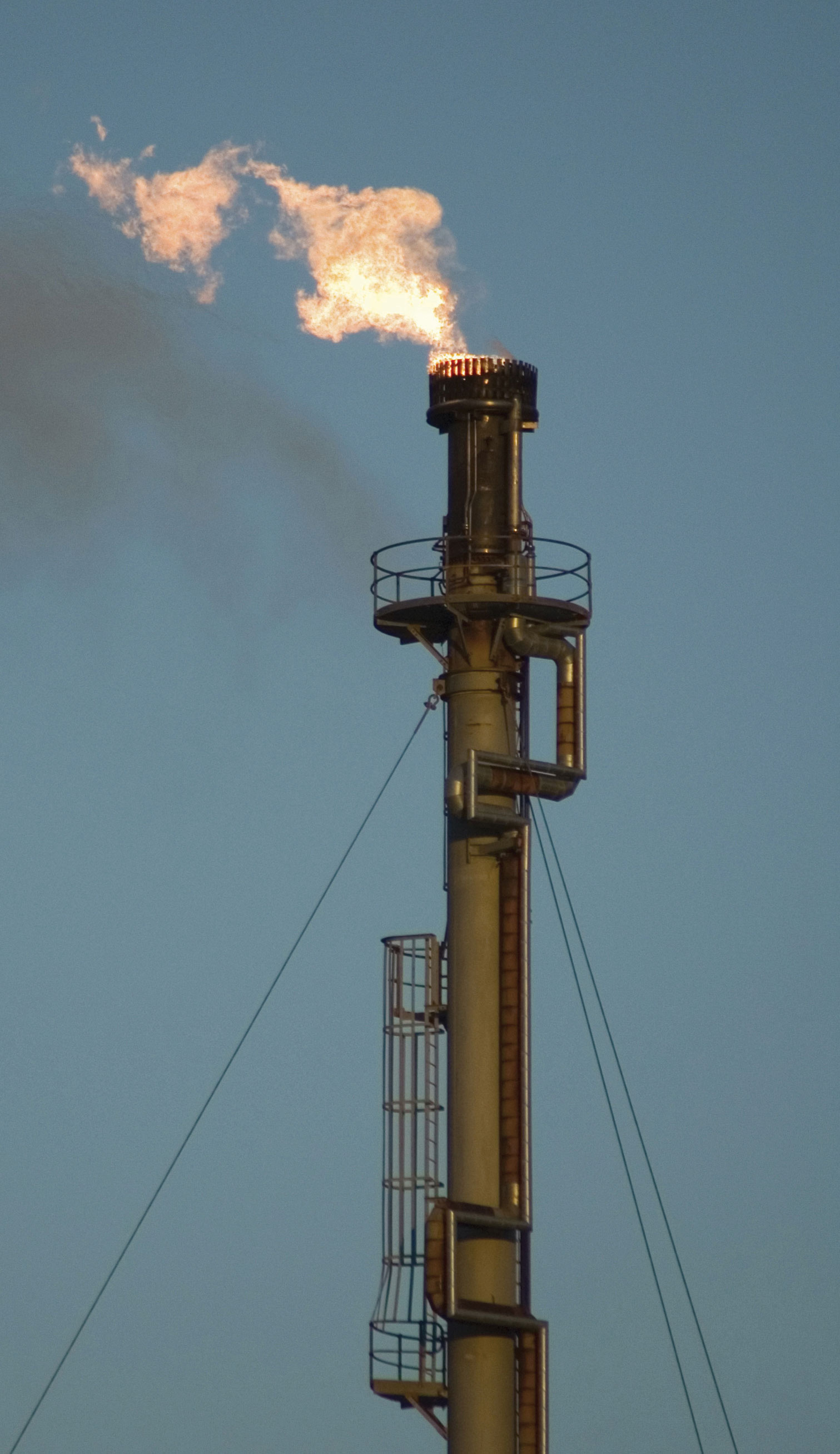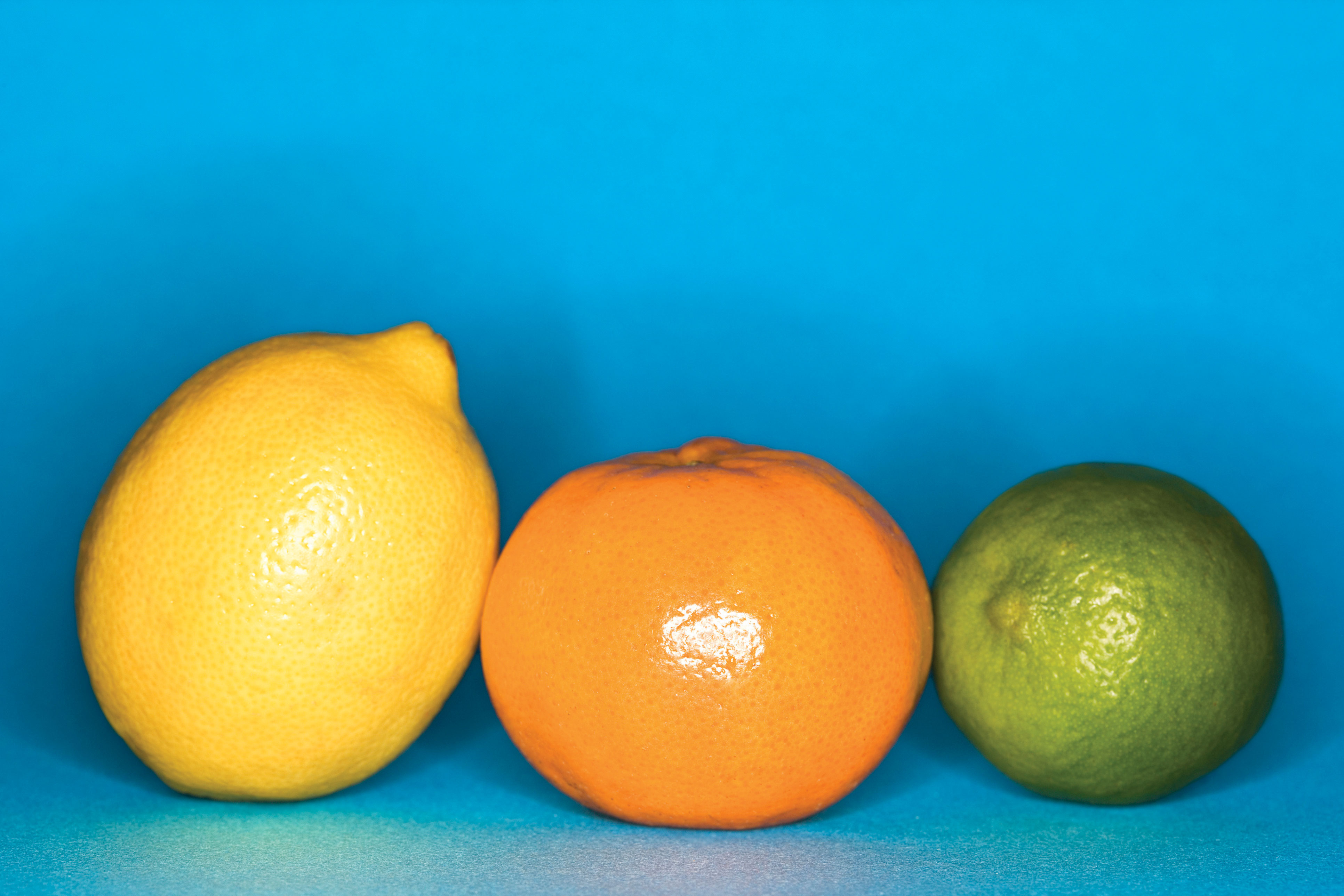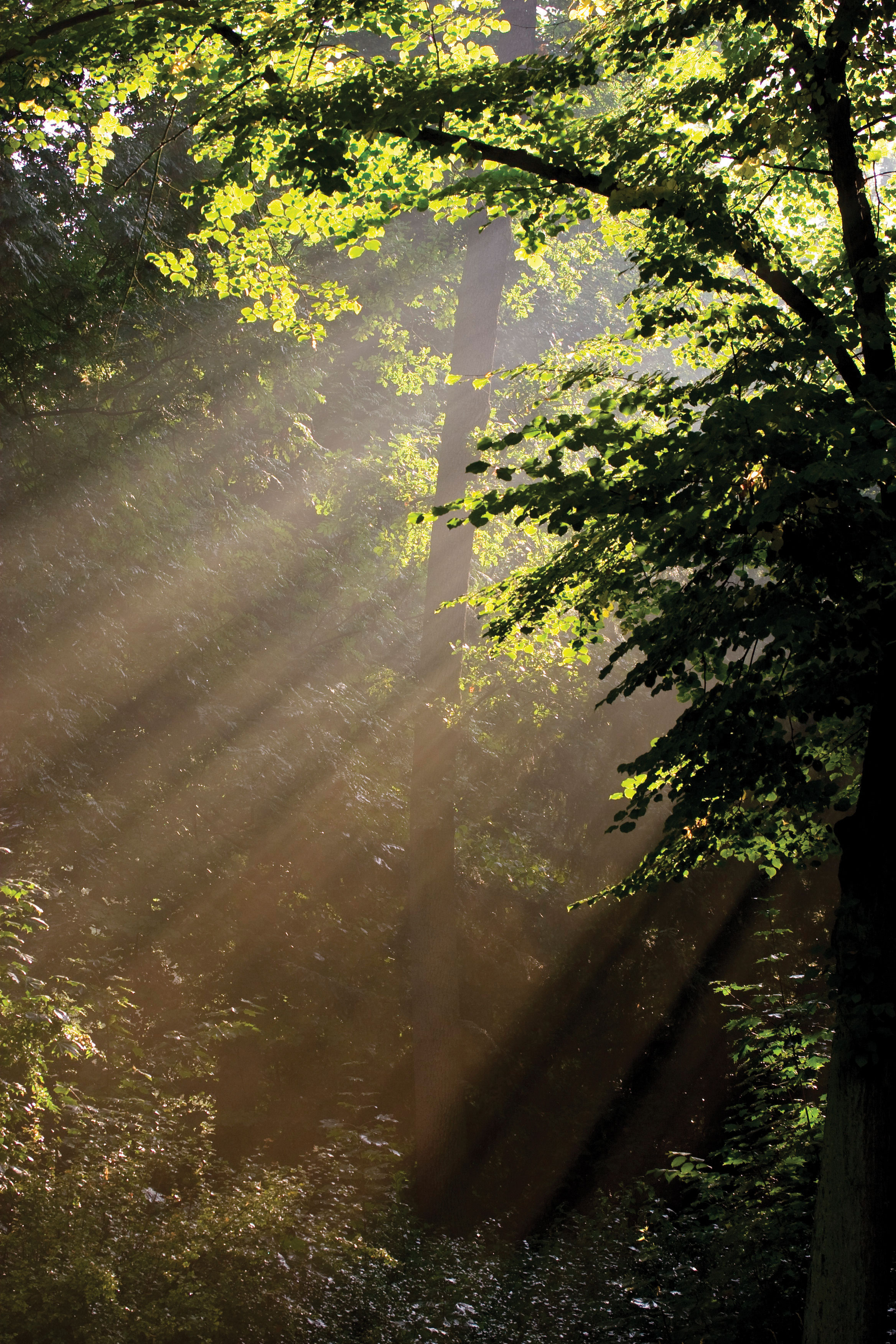Are All Combustion Reactions Redox
This is "Redox Reactions in Organic Chemistry and Biochemistry", section 5.6 from the volume Introduction to Chemical science: Full general, Organic, and Biological (v. 1.0). For details on information technology (including licensing), click here.
This book is licensed under a Creative Commons by-nc-sa 3.0 license. Meet the license for more than details, but that basically means you tin share this book as long as you credit the author (but see beneath), don't make money from it, and do get in available to everyone else under the aforementioned terms.
This content was accessible as of Dec 29, 2012, and it was downloaded then by Andy Schmitz in an endeavor to preserve the availability of this book.
Normally, the author and publisher would be credited here. However, the publisher has asked for the customary Artistic Eatables attribution to the original publisher, authors, championship, and volume URI to be removed. Additionally, per the publisher's asking, their name has been removed in some passages. More than information is available on this project's attribution page.
For more than information on the source of this book, or why information technology is available for free, delight run across the project's home page. Y'all tin browse or download boosted books there. To download a .zip file containing this book to use offline, simply click here.
Has this book helped you? Consider passing information technology on:

Creative Commons supports free civilization from music to education. Their licenses helped make this book bachelor to you lot.

DonorsChoose.org helps people like you lot help teachers fund their classroom projects, from art supplies to books to calculators.
5.vi Redox Reactions in Organic Chemical science and Biochemistry
Learning Objective
- Place oxidation-reduction reactions with organic compounds.
Oxidation-reduction reactions are of central importance in organic chemical science and biochemistry. The burning of fuels that provides the energy to maintain our civilization and the metabolism of foods that furnish the energy that keeps united states live both involve redox reactions.
Figure 5.5 The Called-for of Natural Gas

The burning of natural gas is not only a combustion reaction but also a redox reaction. Similar reactions include the burning of gasoline and coal. These are also redox reactions.
© Thinkstock
All combustion reactions are also redox reactions. A typical combustion reaction is the burning of marsh gas, the principal component of natural gas (Figure 5.5 "The Called-for of Natural Gas").
CHfour + 2O2 → CO2 + 2H2O
In respirationThe biochemical procedure by which the oxygen nosotros inhale oxidizes foodstuffs to carbon dioxide and water. , the biochemical process by which the oxygen we inhale in air oxidizes foodstuffs to carbon dioxide and h2o, redox reactions provide free energy to living cells. A typical respiratory reaction is the oxidation of glucose (C6H12Ohalf dozen), the uncomplicated sugar we encountered in the chapter-opening essay that makes up the diet of yeast:
Chalf dozenH12O6 + 6O2 → 6CO2 + 6H2O
Organic chemists use a variety of redox reactions. For example, potassium dichromate (K2Cr2Ovii) is a common oxidizing agent that can be used to oxidize alcohols (symbolized by the general formula ROH). The product of the reaction depends on the location of the OH functional grouping in the booze molecule, the relative proportions of alcohol and the dichromate ion, and reaction conditions such as temperature. If the OH group is attached to a terminal carbon atom and the product is distilled off as it forms, the product is an aldehyde, which has a final carbonyl group (C=O) and is frequently written as RCHO. One instance is the reaction used by the Breathalyzer to notice ethyl alcohol (C2H5OH) in a person'due south jiff:
3CtwoHfiveOH + Cr2O7 ii− + 8H+ → 3CH3CHO + 2Criii+ + 7H2O
If the product acetaldehyde (CH3CHO) is non removed as it forms, it is further oxidized to acetic acrid (CHthreeCOOH). In this example, the overall reaction is as follows:
3C2HvOH + 2Cr2O7 2− + 16H+ → 3CHthreeCOOH + 4Cr3+ + 11H2O
In this reaction, the chromium atom is reduced from Cr2O7 2− to Crthree+, and the ethanol is oxidized to acetic acid.
When the OH grouping of the alcohol is bonded to an interior carbon atom, the oxidation of an alcohol will produce a ketone. (The formulas of ketones are often written equally RCOR, and the carbon–oxygen bond is a double bail.) The simplest ketone is derived from two-propanol (CH3CHOHCHiii). It is the common solvent acetone [(CH3)2CO], which is used in varnishes, lacquers, safety cement, and smash polish remover. Acetone can be formed by the following redox reaction:
3CH3CHOHCH3 + Cr2O7 2− + 8H+ → 3(CH3)2CO + 2Cr3+ + 7HtwoO
As we accept only seen, aldehydes and ketones can be formed by the oxidation of alcohols. Conversely, aldehydes and ketones can be reduced to alcohols. Reduction of the carbonyl group is of import in living organisms. For example, in anaerobic metabolismA biochemical process that takes identify in the absence of oxygen. , in which biochemical processes take place in the absenteeism of oxygen, pyruvic acrid (CH3COCOOH) is reduced to lactic acid (CHiiiCHOHCOOH) in the muscles.
CHthreeCOCOOH → CH3CHOHCOOH
(Pyruvic acid is both a carboxylic acid and a ketone; only the ketone group is reduced.) The buildup of lactic acid during vigorous exercise is responsible in big part for the fatigue that we experience.
In food chemistry, the substances known as antioxidantsA substance in foods that acts as a reducing agent. are reducing agents. Ascorbic acid (vitamin C; C6H8Ohalf dozen) is thought to retard potentially damaging oxidation of living cells. In the procedure, it is oxidized to dehydroascorbic acrid (Chalf-dozenH6O6). In the stomach, ascorbic acid reduces the nitrite ion (NOtwo −) to nitric oxide (NO):
C6HeightO6 + 2H+ + 2NO2 − → C6H6O6 + 2HiiO + 2NO
If this reaction did not occur, nitrite ions from foods would oxidize the iron in hemoglobin, destroying its ability to carry oxygen.
Tocopherol (vitamin Due east) is also an antioxidant. In the body, vitamin E is idea to human activity past scavenging harmful by-products of metabolism, such every bit the highly reactive molecular fragments called costless radicals. In foods, vitamin E acts to prevent fats from beingness oxidized and thus becoming rancid. Vitamin C is besides a good antioxidant (Figure 5.6 "Citrus Fruits").
Figure v.6 Citrus Fruits

Citrus fruits, such as oranges, lemons, and limes, are skilful sources of vitamin C, which is an antioxidant.
© Thinkstock
Finally, and of greatest importance, green plants behave out the redox reaction that makes possible near all life on Earth. They practise this through a procedure called photosynthesisThe process by which plants use solar free energy to catechumen carbon dioxide and h2o to glucose. , in which carbon dioxide and water are converted to glucose (Chalf-dozenH12Ovi). The synthesis of glucose requires a diverseness of proteins chosen enzymes and a light-green pigment chosen chlorophyll that converts sunlight into chemical energy (Figure five.7 "Life on Globe"). The overall change that occurs is as follows:
6COii + 6HtwoO → C6H12O6 + 6O2
Figure v.7 Life on Earth

Photosynthesis is the cardinal procedure by which plants apply sunlight to convert carbon dioxide and h2o into glucose and oxygen. Then plants make more complex carbohydrates. It is the ultimate source of all food on Earth, and it is a redox reaction.
© Thinkstock
In this reaction, carbon dioxide is reduced to glucose, and h2o is oxidized to oxygen gas. Other reactions convert the glucose to more circuitous carbohydrates, plant proteins, and oils.
Concept Review Exercise
-
Requite some biochemical examples of oxidation and reduction reactions.
Answer
-
photosynthesis and antioxidants in foods (answers volition vary)
Primal Takeaway
- Redox reactions are common in organic and biological chemical science, including the combustion of organic chemicals, respiration, and photosynthesis.
Exercises
-
A typical respiratory reaction discussed in the text is the oxidation of glucose (CsixH12O6):
Chalf-dozenH12O6 + 6O2 → 6COii + 6H2O
Is this a redox reaction? If and then, what are the oxidizing and reducing agents?
-
The major cyberspace reaction in photosynthesis is as follows:
6COii + 6H2O → C6H12O6 + 6O2
Is this a redox reaction? If so, what are the oxidizing and reducing agents?
-
What would be the ultimate organic product if CH3CHtwoCH2OH were to react with a solution of K2Cr2Ovii?
-
What would exist the ultimate organic product if CH3CHiiCHtwoOH were to react with a solution of 10002Cr2O7?
-
What would exist the terminal organic product if CH3CHiiCHOHCHthree were to react with a solution of K2CrtwoOvii?
-
What would exist the major organic product if CH3CH2CHOHCHtwoCH3 were to react with a solution of YardtwoCrtwoO7?
-
What alcohol is produced in the reduction of acetone [(CHthree)2CO]?
-
What alcohol is produced in the reduction of propanal (CH3CHtwoCHO)?
Answers
-
yes; oxidizing amanuensis: O2; reducing amanuensis: Chalf dozenH12Ohalf-dozen
-
CH3CH2COOH
-
CHiiiCHtwoC(O)CHthree, where the carbon is double bonded to the oxygen
-
CH3CHOHCHthree, or isopropyl booze
Are All Combustion Reactions Redox,
Source: https://2012books.lardbucket.org/books/introduction-to-chemistry-general-organic-and-biological/s08-06-redox-reactions-in-organic-che.html
Posted by: morganhishe1987.blogspot.com


0 Response to "Are All Combustion Reactions Redox"
Post a Comment